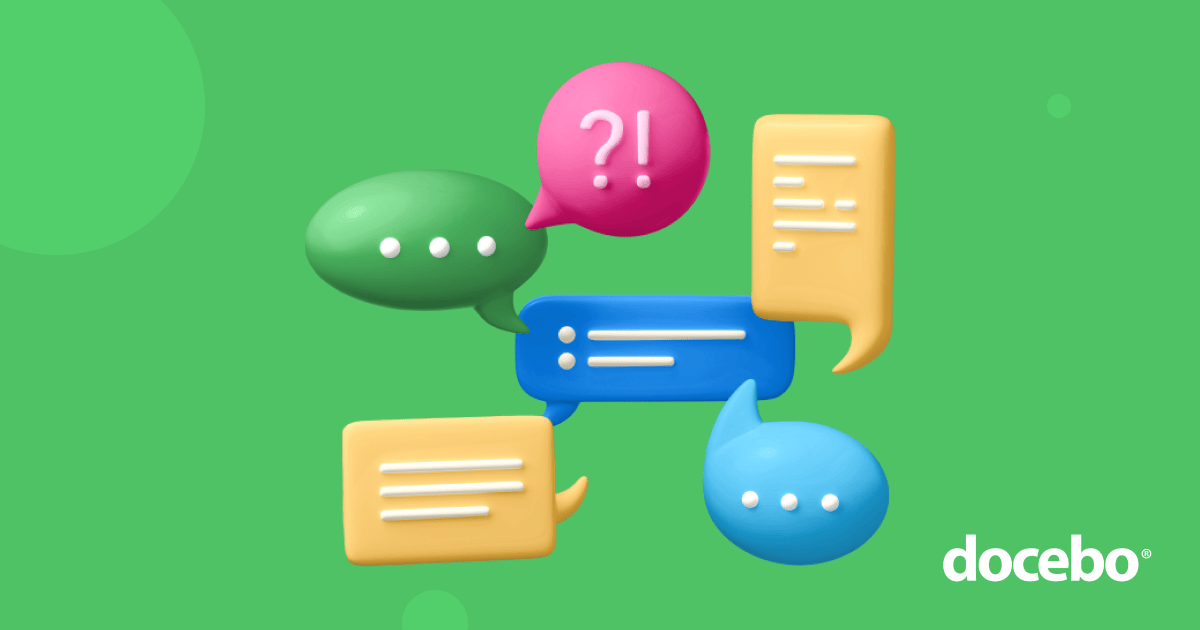 Aside from face-to-face interaction and phone conversations, writing is still one of the most popular means of communication that we have today. Even with major developments in technology and communication, it would be very difficult for people to avoid any form of writing throughout the day.
Aside from face-to-face interaction and phone conversations, writing is still one of the most popular means of communication that we have today. Even with major developments in technology and communication, it would be very difficult for people to avoid any form of writing throughout the day.
The internet, a great source of information that almost everyone can access, contains knowledge that is passed on largely via the written form. With the ever increasing popularity of mobile phones, even those who feel that writing is not for them are forced to compose a message or two and send them to their intended recipients. Also, the introduction of blogs and online journals has given everyone the opportunity to write and talk about the things that affect and interest them.
Having a message or idea understood by the intended readers is one of the objectives of writing. A writer has to see to it that he writes clearly, concisely and in a manner that will be best understood by his intended readers. Even better, a writer has to make sure that he uses all the right words, avoids spelling errors and uses perfect grammar.
How can this be possible? One very helpful way is by proofreading.
When I was in secondary school, I was often reminded by my composition teacher of the importance of the rough draft when writing an essay. She always told her class not to submit an essay right after writing it. According to her, submissions must be checked for missing words, spelling errors and the flow of ideas before being rewritten and submitted for grading. This is proofreading. It may take additional time but ensures the best possible results.
Why is proofreading important? First, spelling and typographical errors may have been committed while writing the initial draft. A word may have been forgotten, an extra letter may have been hit by a pinkie finger or a single letter may have been inserted into a word. These things may seem minor and may not change the overall message of the composition but it may distract or prevent the reader from concentrating or accepting the message. Many hiring managers have stated the importance of spelling and typographical errors when choosing candidates because they feel that letting these “easy errors” go means that an applicant is careless, hurried and unprofessional. Second, a writer has to check that paragraphs flow seamlessly into each other and ideas are presented clearly.
Who can proofread and edit? The easiest and quickest answer would be the writer himself. Sometimes, rereading one’s work and using word processing tools are enough to weed out the more obvious spelling and typographical errors. A more effective method would be to have someone else proofread one’s work. This way, the second person can alert the writer if some sentences or paragraphs are hard to understand or if an idea should be explained further. Another way would be for the writer to read aloud his own composition. Sometimes, reading aloud is enough to make the writer aware that a sentence sounds incorrect or an idea seems incomplete.
We must all remember that we are what we write. The way we present our ideas has a big effect on how our message will be accepted and judged by our readers. A paper with no spelling errors, no typographical errors and perfect grammar appears more professional than a paper with a lot of simple mistakes. Proofreading takes time but the reward is great – excellent output!
Resume Language Education

